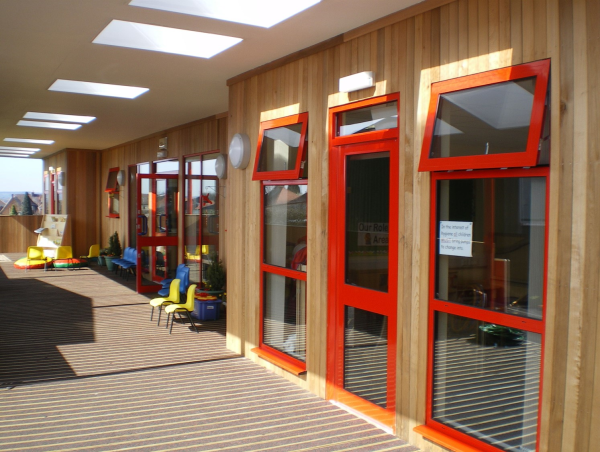What do you remember about your days at school and the classrooms you were taught in? Can you remember the design, décor and colours? The amount of light in the classroom and the furniture used?
Try to think back and remember how the classroom environment would make you feel. Are they positive thoughts?
Just one more question about your memories of school. Would you send your children to learn in a classroom like that and how well do you think they would perform?
The probability is that classrooms have changed considerably over years since our own school days and to that of our parents. But why has the design of classrooms and schools changed? What is the purpose of the classroom environment and why is it so important to enhance a child’s learning?
Wikipedia define the classroom environment as “The classroom attempts to provide a safe space where learning can take place uninterrupted by other distractions.”
In the Victorian period, careful consideration was given to how a school was built and distraction was their main concern. The windows of the school were positioned facing to the north so that sunlight would not shine into the classroom creating glare and distraction.
High windows were also thought to prevent distraction from outside, and the desks would all face forwards towards the front of the room so their attention was solely on the school mistress.
Stimulating colour was none existent in fear that again, it may distract the children. Hospitals and schools were built with very high ceilings as they were thought to allow the air to circulate and prevent illness. However, they were extremely cold rooms during the winter months due to the height of the ceiling.
Surely a cold school room would be a distraction?
As time has moved on, so too has the role of the built school environment. Research and experience has shown that the way a school is designed can significantly influence the development and learning the pupils and improve their engagement and level of education.
It is easy to comprehend why the Victorians designed their schools as they did. As we all know small children are easily distracted and concentration may have been garnered through fear of the school mistress and her punishments, rather than successful design of the school environment.
Small children learn through play and have very short attention spans. The design of a primary classroom needs to create a space that is comfortable but productive for pupil engagement and learning. The teaching space should help to foster natural development rather than creating an environment that is forced and negatively controls learning.

Creating such an engaging environment needs to call upon the basic principles of design and how people experience spaces. How do we socially react and interact with a built environment?
Being human means that our senses operate providing data to our brains telling us how to react to our surroundings. The forefront of any design needs to consider sight, hearing, taste, smell and touch.
When embarking on a new project, whether it may be a completely new school or utilising a budget to enhance & extend the existing buildings, we carefully consider the impact of designs on our senses and incorporate these needs within the school's brief.
Our senses are core to the experience of architecture, so to increase engagement, collaboration and activity within the school environment we must consider;
- Décor and interior design
- Lighting
- Acoustics / noise
- Colour
- Furniture Arrangement / Space Planning
- Air quality
Appropriate use of these principles within the design must deliver the basic requirements of functionality, e.g. fresh air, light and safety, whilst creating an appropriate level of stimulus and where suitable delight the senses. The space should not detract from the main focus but to compliment and aid the children’s engagement in their education.
A balance of the considerations will provide a space for children to develop the emotional and educational skills they need.
Each consideration in design impacts on the learning environment and we are going to look at each one in more details and see how design can transform learning.
You can get all of the posts direct to your inbox by entering your email in the form at the top right of the page.

